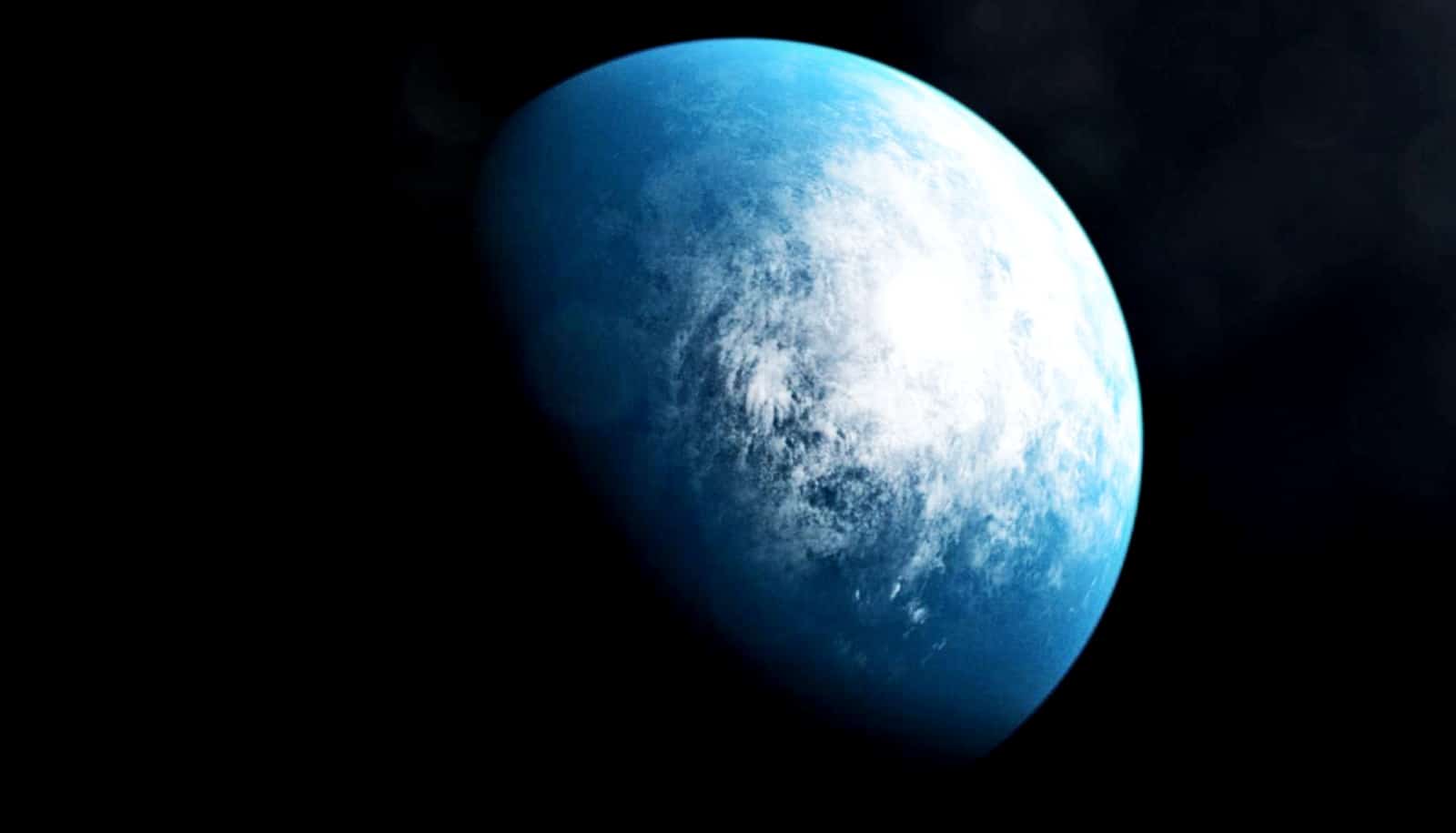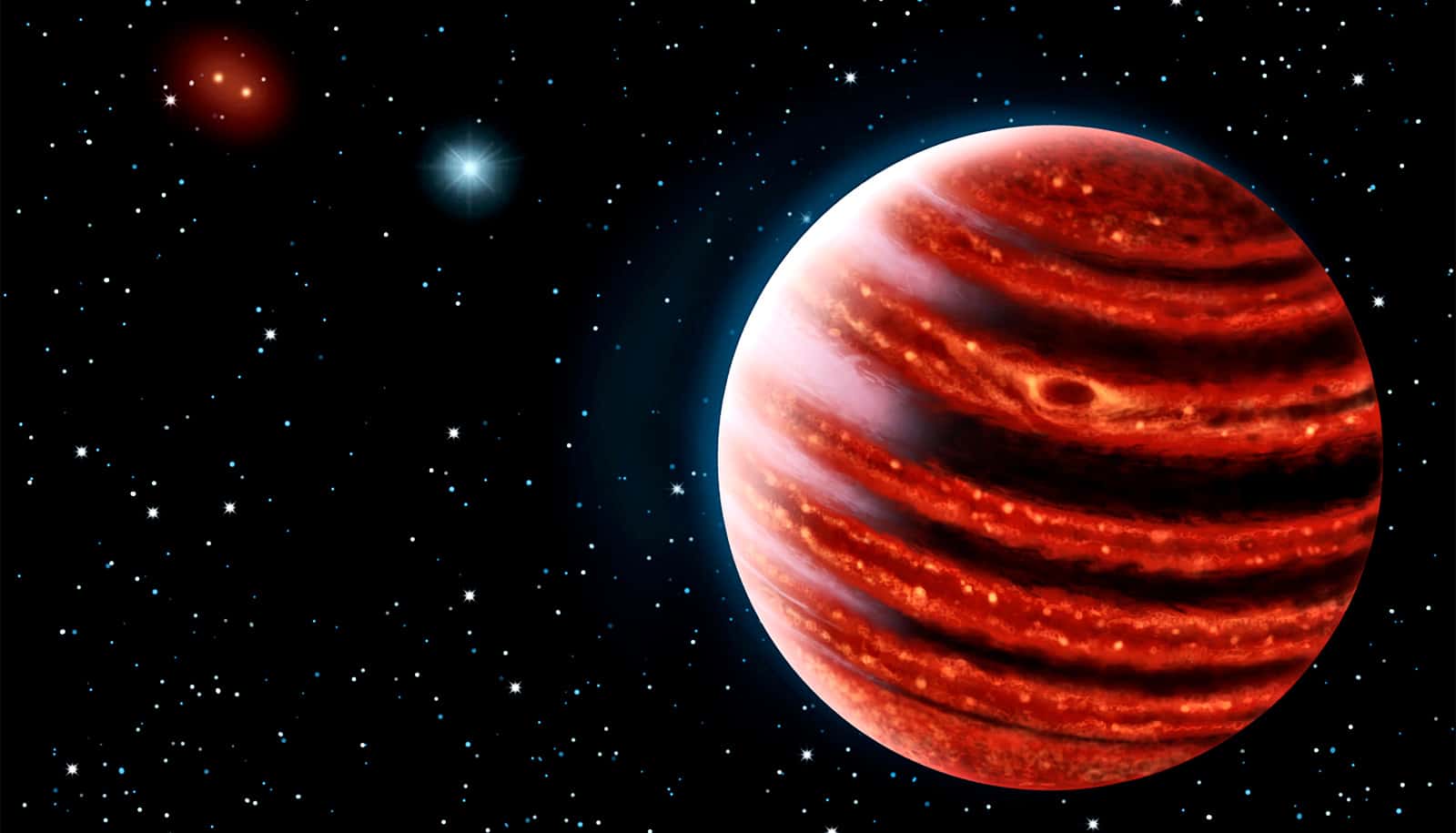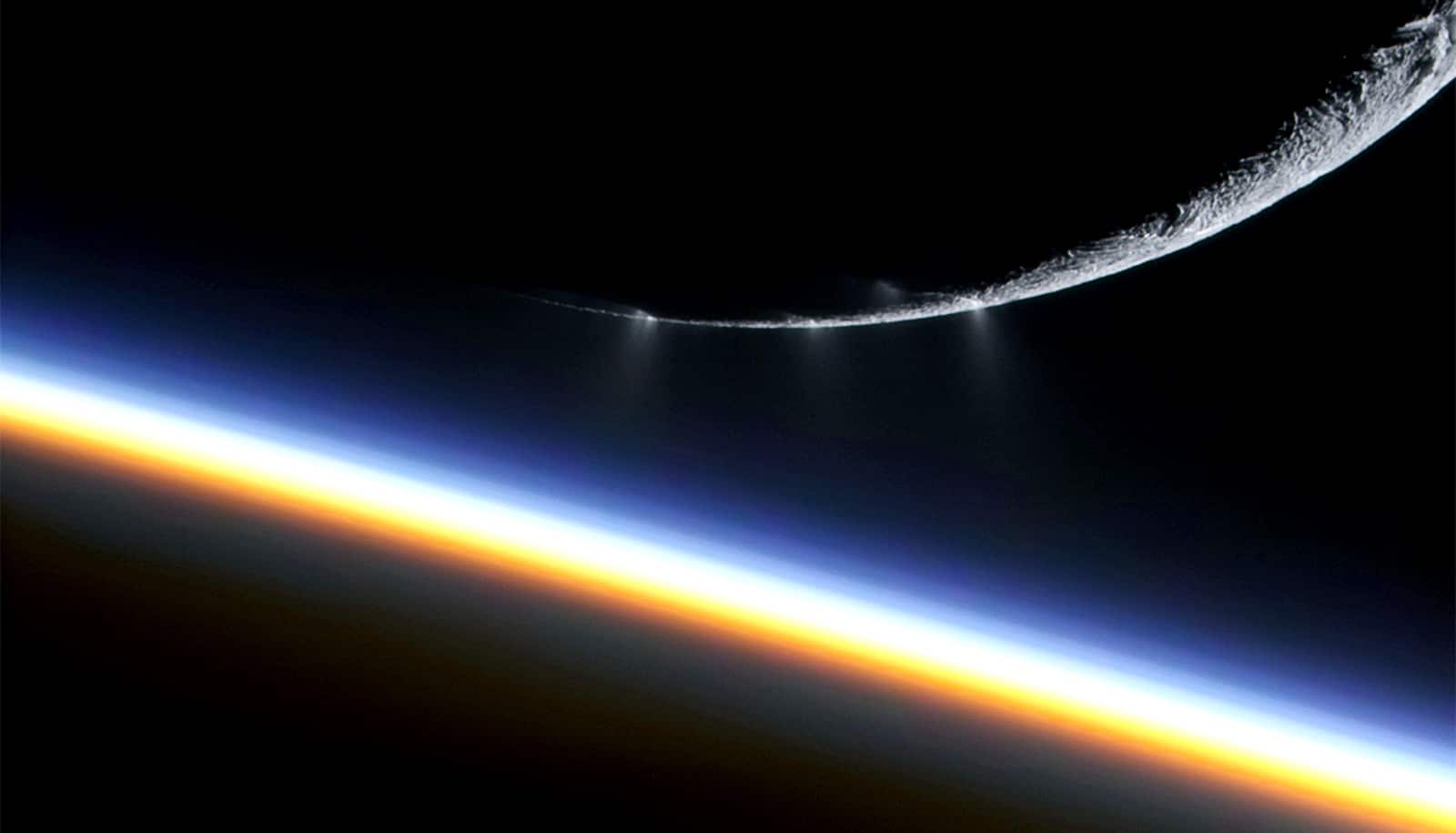Scientists have discovered multiple new interesting worlds beyond Earth—including the first potentially habitable Earth-size exoplanet and another that is a “Star Wars”-type system with two suns.
They spotted the new exoplanets—planets beyond our solar system—with NASA’s new TESS satellite and announced the find at the 235th American Astronomical Society meeting.
Even as scientists have discovered more and more planets in other star systems, ones that could sustain life similar to ours have remained fairly rare. The biggest flag scientists look for is the ability to maintain liquid water on the surface.
Launched in 2018, TESS is a space-based satellite specifically built to search for bright, nearby worlds close to the size of Earth. TESS tracks changes in stars’ brightness caused by orbiting planets crossing in front of their stars from our perspective, events called transits.
An Earth-size, habitable exoplanet?
TESS’s first habitable-zone Earth-size world is TOI 700 d, which orbits a small, cool M dwarf star located just over 100 light-years away in the southern constellation Dorado. It’s roughly 40% of the Sun’s mass and size and about half its surface temperature.
Scientists discovered the planet only after correcting a misclassification of the star, in part due to help from high school student Alton Spencer.
“When we corrected the star’s parameters, the sizes of its planets dropped, and we realized the outermost one was about the size of Earth and in the habitable zone,” says Emily Gilbert, a graduate student at the University of Chicago whose lab seeks to discover new worlds. “Additionally, in 11 months of data we saw no flares from the star, which improves the chances TOI 700 d is habitable and makes it easier to model its atmospheric and surface conditions.”
Researchers at NASA’s Goddard Space Flight Center in Greenbelt, Maryland, modeled 20 potential environments of TOI 700 d to gauge if any version would result in surface temperatures and pressures suitable for habitability.
Because TOI 700 d is tidally locked to its star, the planet’s cloud formations and wind patterns may be strikingly different from Earth’s.
One simulation included an ocean-covered planet with a dense, carbon-dioxide-dominated atmosphere similar to what scientists suspect surrounded Mars when it was young. The model atmosphere contains a deep layer of clouds on the star-facing side. Another model depicts TOI 700 d as a cloudless, all-land version of modern Earth, where winds flow away from the night side of the planet and converge on the point facing the star.
A planet with two suns
When Luke Skywalker stood in the desert of the fictional planet Tatooine and looked up at the sky, he watched not one sun set, but two. So would any potential inhabitants of a newly discovered world 1,300 light-years away from us. (Though it’s thought to be a gas planet, so no one would be standing on it.)
The planet, which is nearly seven times larger than Earth, lies in the constellation Pictor. Its two stars orbit each other every 15 days. One star is about 10% more massive than our sun, while the other is cooler, dimmer, and only one-third the sun’s mass.

Now called TOI 1338 b, it is TESS’s first circumbinary planet—the term for a world orbiting two stars and the only known planet in the system; it orbits in almost exactly the same plane as the stars, so it experiences regular stellar eclipses.
But TOI 1338 b’s transits are irregular, between every 93 and 95 days, and vary in depth and duration thanks to the orbital motion of its stars. TESS only sees the transits crossing the larger star—the transits of the smaller star are too faint to detect.
“These are the types of signals that algorithms really struggle with,” says lead author Veselin Kostov, a research scientist at the SETI Institute and Goddard. “The human eye is extremely good at finding patterns in data, especially non-periodic patterns like those we see in transits from these systems.”
Luckily, high school senior Wolf Cukier was combing through data TESS gathered as a summer intern at Goddard.
“I was looking through the data for everything the volunteers had flagged as an eclipsing binary—a system where two stars circle around each other in our plane of view,” Cukier says. “About three days into my internship, I saw a signal from a system called TOI 1338. At first I thought it was a stellar eclipse, but the timing was wrong. It turned out to be a planet.”
After Cukier flagged TOI 1338 b, the research team used a software package called eleanor, named after Eleanor Arroway, the central character in the novel Contact by Carl Sagan, to confirm the transits were real and not a result of instrumental artifacts.
“Throughout all of its images, TESS is monitoring millions of stars,” says Adina Feinstein, a graduate student at the University of Chicago. “That’s why our team created eleanor. It’s an accessible way to download, analyze, and visualize transit data. We designed it with planets in mind, but other members of the community use it to study stars, asteroids, and even galaxies.”
David Martin, a postdoctoral researcher at the time of the discovery (now at Ohio State), notes that as they dug through the data, they found that TOI 1338 b had also been surveyed by a mission called BEBOP, which measures the wobble induced in stars by the mass of orbiting planets. This measurement, an entirely different type from TESS’s transit method, offers a complementary set of information.
“We could combine the two types of data to get a much better characterization of the planet,” he says. “That’s one of the really cool things about TESS; it’s targeting bright, well-known stars, many of which have already been observed for years, even decades!”
More than a dozen universities, research institutes and observatories worldwide are participants in the TESS mission.
Source: University of Chicago



